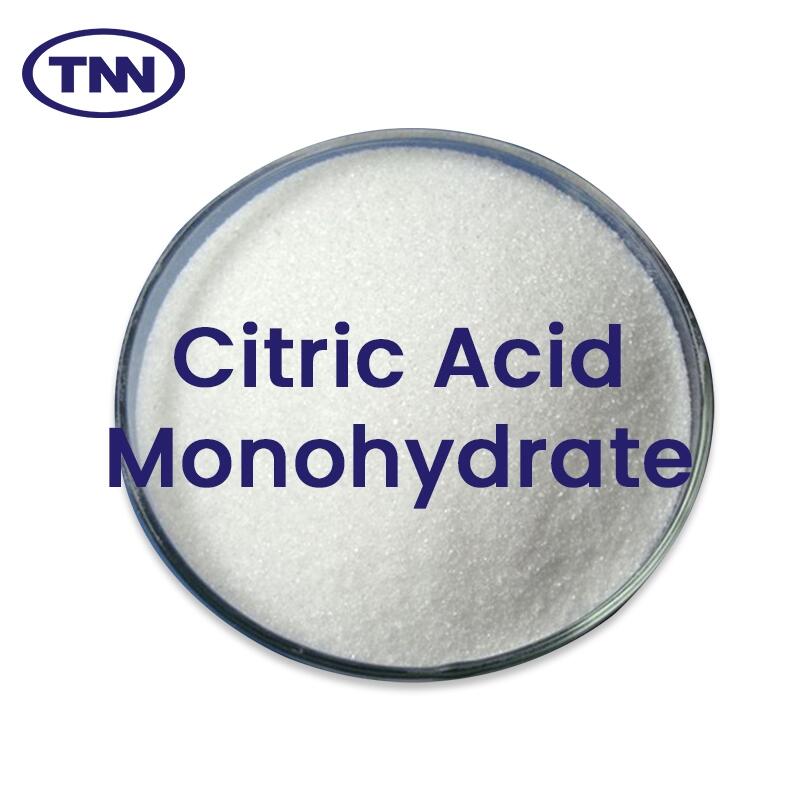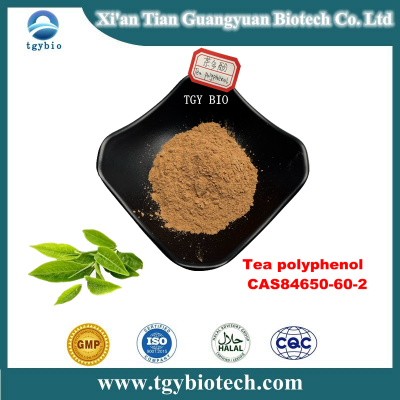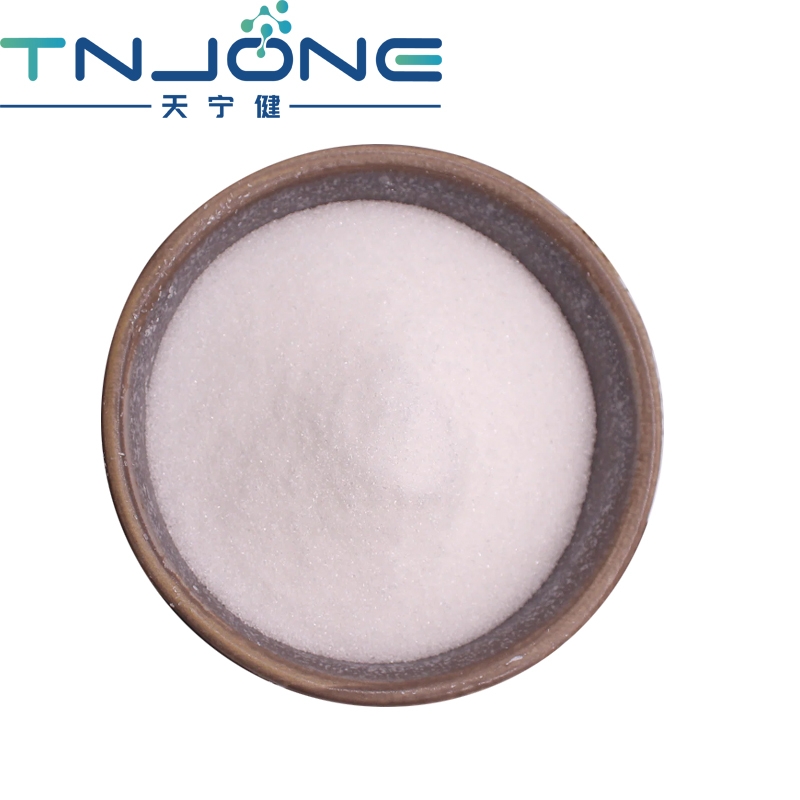-
Categories
-
Pharmaceutical Intermediates
-
Active Pharmaceutical Ingredients
-
Food Additives
- Industrial Coatings
- Agrochemicals
- Dyes and Pigments
- Surfactant
- Flavors and Fragrances
- Chemical Reagents
- Catalyst and Auxiliary
- Natural Products
- Inorganic Chemistry
-
Organic Chemistry
-
Biochemical Engineering
- Analytical Chemistry
-
Cosmetic Ingredient
- Water Treatment Chemical
-
Pharmaceutical Intermediates
Promotion
ECHEMI Mall
Wholesale
Weekly Price
Exhibition
News
-
Trade Service
Delicious food with attractive colors is always appetizing, but if you hear that the "flower and moon appearance" of which food is related to the "makeup" of food coloring (hereinafter referred to as colorant), many people will show an expression of fear and avoidance
.
Whether it's the colorful Jiangsu and Zhejiang cuisine mille-feuille cakes that existed in the Ming Dynasty, or the equally long-standing traditional Beijing snack enema made with red yeast and starch (or flour), colorants have a long
history of "finishing touches" to a delicacy.
So, what are the concerns about colorants? What do experts in food science think about these issues?
Why food needs "beauty"
Many times, people's favorability of food starts from its appearance
.
"Color" and "color" not only reflect the flavor and freshness of the food, but also affect the psychology of the eater - those bright and eye-catching foods are more likely to gain favor
.
However, the "beauty" that nature gives to food is often fragile and less durable, and color changes
can occur at any time, whether cooking, processing or storage.
Wang Bei, deputy dean of the School of Food and Health of Beijing Technology and Business University, said in an interview with China Consumer News that during the processing and cooking of food, due to temperature changes, water loss or mechanical damage, some changes will occur in endogenous natural pigments, which may lead to food discoloration, fading or even discoloration
.
Color changes, such as "browning" (darkening or browning of color) during processing of fruits and vegetables, do not look so pleasing to the eye
.
Therefore, the food industry has to consider adding food coloring - colorants when necessary to improve the deterioration of the natural color of food caused by processing, "repair" and enhance the sensory properties of food, so that consumers have psychological pleasure and desire
to buy when facing food.
This colorant that gives and improves the color of food is an important category
of food additives allowed by relevant national standards.
At present, there are more than 60 kinds of food additives allowed in China's "Food Additive Use Standard" (GB2760), which can be divided into two categories
: natural colorants and synthetic colorants according to their sources and properties.
Natural colorants mainly come from natural pigments, which are divided into 3 categories according to different sources, one is plant pigments, such as beet red, turmeric, β-carotene, etc.
; the second is animal pigments, such as lac, carmine, etc.
; The third is microorganisms, such as red yeast and red
.
Synthetic colorants can be divided into two categories according to their chemical structure, one is azo pigments, such as amaranth red, carmine, sunset yellow, lemon yellow, etc.
; The second is non-azo pigments, such as red moss red, bright blue, etc
.
The so-called azo and non-azo mainly refer to whether the number of nitrogen atoms contained in the molecular structure of the pigment is an even number
.
In general, the firmness of non-azo pigments is relatively higher, the manufacturing process is relatively complex, and the production cost is also high
.
The role of colorants is not limited to food "beauty", some colorants themselves also have physiological activity and nutritional value
.
For example, β-carotene, which is widely used in fruit juice drinks, is not only provitamin A (a substance that can be converted into vitamin A in the body), but also has significant antioxidant, anti-aging and other functions, while red yeast pigment has functional properties
such as lowering blood pressure.
Are pigments harmful to health?
Grass-green creamy ice cream, velvet-colored cakes, grilled beef-colored french chips.
.
.
These foods, which make some people hungry because of "a little powder", make others uneasy
.
On the one hand, many people always feel that the matter of eating "chemically synthesized pigments" into their mouths is not very reliable, on the other hand, the "dyed steamed buns" and "dyed three yellow chickens" reported by the media in the past, although they are only cases of colorants being used beyond the range, have been mistakenly interpreted as "adding pigments is equivalent to counterfeiting"
.
In fact, colorants are one of the
recognized and commonly used food additives worldwide.
At the same time, there are clear and strict regulations
on its use and labeling at home and abroad.
China's GB2760 clearly stipulates the varieties of colorants allowed to be used, the scope of use and the corresponding use limit or residue
.
Wang Bei analyzed that among the principles of the use of food additives, a very important one is not to cover up the poor quality of food and adulteration for the purpose
of fake.
The reason why cases such as "dyed steamed buns" have been severely investigated and dealt with is mainly because although the dyeing colorant lemon yellow is safe, the national standard stipulates that it cannot be used in steamed noodle products
such as steamed buns.
Criminals use lemon yellow to disguise the leftover steamed buns as cornmeal steamed buns, which is an illegal act
of using food additives beyond the range.
Cases like this just show that China has very strict safety management requirements for colorants, rather than evidence that the so-called colorants are "toxic"
.
In fact, each colorant in China must undergo a series of strict food safety risk assessments
based on chronic toxicity tests before being approved for use.
Wang Bei said that the purpose of the chronic toxicity test is to observe the reaction of the animals under the experiment for a long time ingesting a small amount of the test object, so as to determine the maximum daily intake dose of the test animal for a long time without any poisoning performance, also called the maximum no effect amount (MNL), which is mg (intake) / kg (test animal weight).
Then divide this MNL value by 100, which is the body's daily allowance (ADL) (ibid
.
).
For example, the maximum inactive amount (MNL) of rats (laboratory animals) that synthesized the pigment amaranth is 50 mg/kg, and dividing this value by 100 yields an ADI
of 0.
5 mg/kg.
If a person's weight is 60kg, then the upper limit of his daily amaranth is 0.
5×60=30mg, that is, the person eats so much amaranth every day for life, and it will not cause health hazards
to the body.
At the same time, the national food additive regulatory department will also comprehensively consider the composition of different foods, processing technology and eating habits and other intake index factors, and indicate the applicable food range and addition amount of each colorant in the national standard
.
For example, according to the requirements of GB2760, the synthetic pigment of lemon yellow can only be used in 30 types of foods such as flavored fermented milk, frozen drinks (except edible ice), jams, candied cold fruits, decorative fruits and vegetables, pickled vegetables, cooked beans, processed nuts and seeds, and clearly limit its maximum addition
amount in each type of food.
Which is better, natural or artificial colors
Natural pigments are naturally present in familiar animals, plants or microorganisms, such as lac red extracted from resinous substances secreted by lac females, anthocyanins extracted from grape skins, etc.
, so many people think that they are safer than chemical synthesis
.
But from the perspective of scientific assessment, the answer may not be so
.
Wang Bei explained that there is a saying in the field of food science called "everything is toxic, the key depends on the dose", and natural pigments are no exception
.
In addition to the dosage problem, scientists also need to study whether the natural pigments present in one food will react with a certain ingredient in another food when extracted and used in another food, thereby forming a food safety risk
.
It is also believed that the extraction process of natural colorants is complicated, and extracts often contain some harmful substances
that cannot be separated.
At the same time, natural pigments are prone to structural changes during processing, which can bring safety risks
.
Therefore, in the eyes of food scientists, safety is relative, natural colorants are not necessarily safer than synthetic colorants, their safety must stand on the same starting line for risk assessment, only through risk assessment, can be allowed
.
In addition, many people wonder why there are already natural colorants to synthesize so many chemical colorants? Wang Bei analyzed that there are two main reasons, one is that many natural colorants are unstable, preheating and other color changes will occur, and the other is that natural colorants are extracted from animals and plants, the process is relatively complex, and the extraction cost is relatively high
.
Synthetic colorants are developed for the above shortcomings of natural colorants, bright color, strong coloring ability, good stability, good water solubility, easy color adjustment, uniform quality, and durable effect
.
In addition, because the synthesis technology of artificial colorants is mature, the preparation is simple, and its cost is relatively cheap
.
(Reporter Li Jian)







